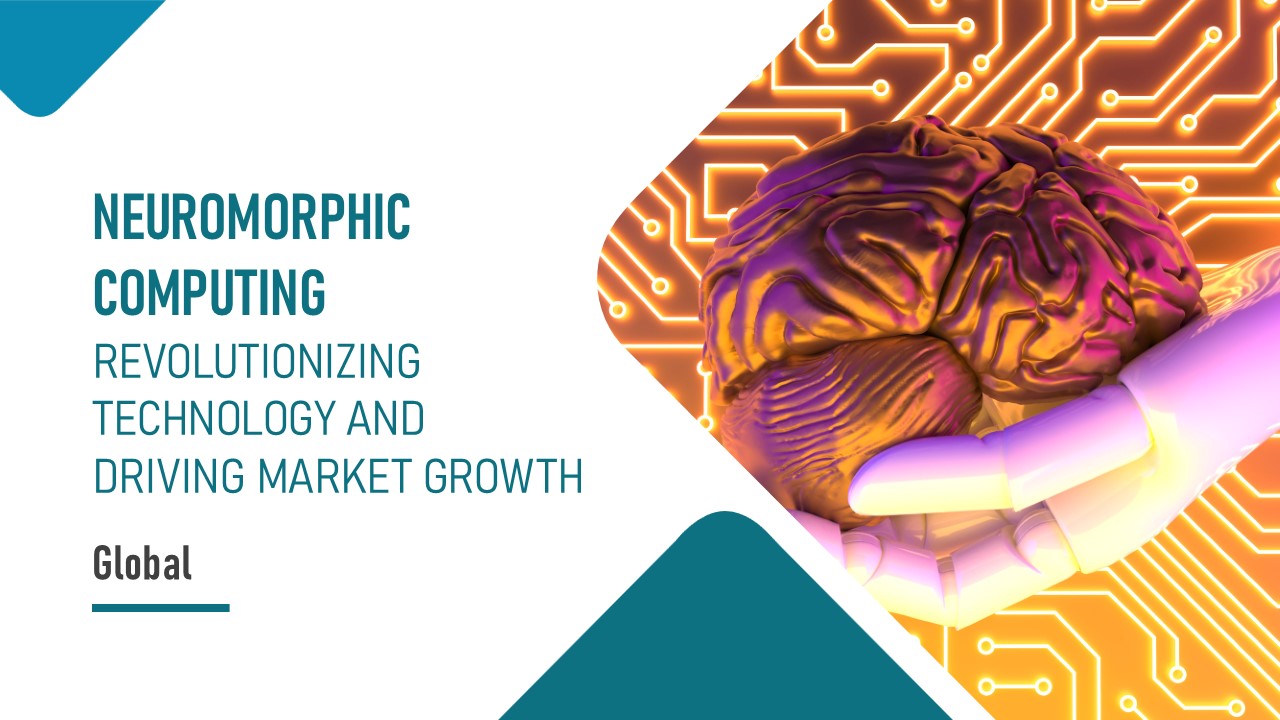
Neuromorphic Computing: Revolutionizing Technology and Driving Market Growth
Neuromorphic computing is a computer engineering technique that involves modeling computer elements after systems found in the human brain and nervous system. This term encompasses the design of both hardware and software computing elements.
These systems are designed to be highly energy-efficient, as a human brain and use significantly less power than conventional supercomputers.
It can quickly process large amounts of data from numerous Internet of Things (IoT) devices, making it ideal for home automation, self-driving cars, and medical diagnostics applications.
Market Size and Forecast
In 2023, the Global Neuromorphic Computing market was valued at $5.19 billion.
The Global Neuromorphic Computing market is expected to grow and reach to $24.75 billion by 2030.
The global market is expected to grow at an approximate CAGR of 25% during the forecasted period 2024-2030.
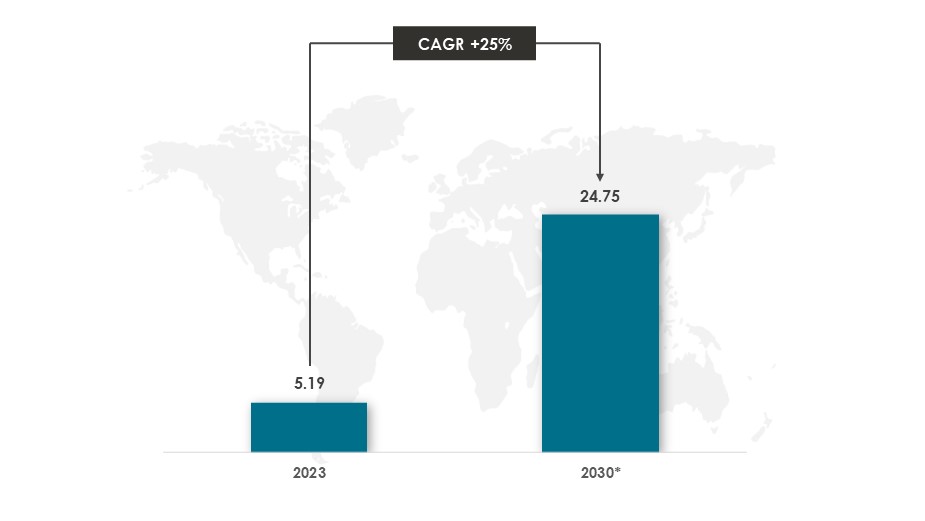
In 2022, the global market shares for Neuromorphic Computing indicated North America leading at 53%, followed by Europe (23%), Asia Pacific (12%), Middle East and Africa (7%), and South America (5%).
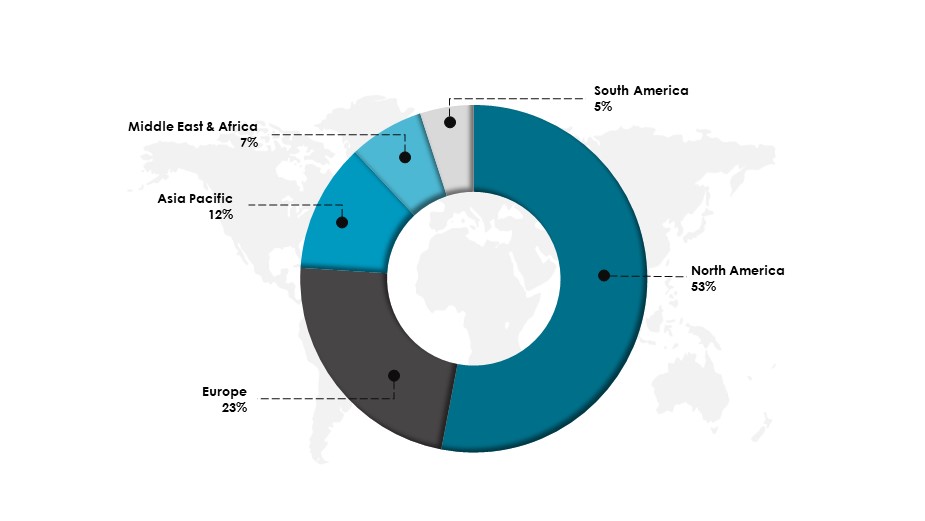
Neuromorphic Computing Recent Trends and Developments

In 2024, SynSense collaborated with iniVation to develop neuromorphic technologies for stand-alone processors, vision sensors, and integrated compute-in-sensor devices in robotics, automobiles, consumer electronics, and aerospace.

In 2024, Intel built a large-scale neuromorphic system, code-named Hala Point, initially deployed at Sandia National Laboratories, utilizing Intel’s Loihi 2 processor, aimed at supporting research for future brain-inspired artificial intelligence.

In 2023, BrainChip Holdings Ltd. and Lorser Industries Inc. cooperated to use BrainChip’s Akida™ technology to deliver neuromorphic computing solutions for software-defined radio (SDR) devices.

In 2023, researchers from Eindhoven University of Technology and Northwestern University in the US developed a way for training neuromorphic chips to detect cystic fibrosis using a biosensor.

In 2023, CVEDIA partnered with BrainChip Holdings Ltd. for the integration of the CVEDIA-RT platform for video analytics running on BrainChip’s Akida™ neuromorphic IP for security and surveillance, transportation, ITS, and retail applications.

In 2022, researchers at China’s Tsinghua University Center for Brain-Inspired Computing Research developed a neuromorphic chip for AI applications with 50% lower power consumption than a standard NVIDIA chip.
Market User-based Statistics
As per a report of 2023, the largest segment in the end-user share of Neuromorphic Computing is Consumer Electronics at 48%, followed by Automotive (27%), Aerospace & Defense (11%), Healthcare (8%), and Others (6%).
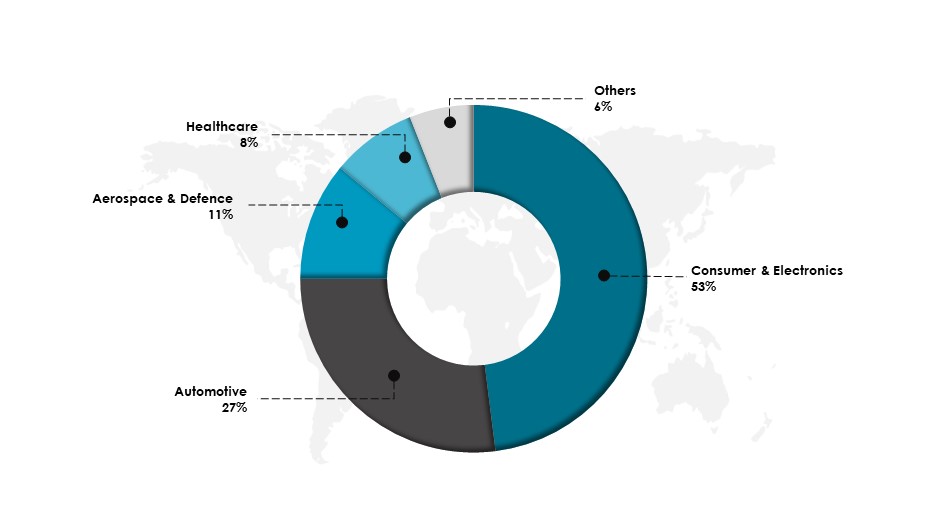
As per a report of 2023, the larger segment in the share of Neuromorphic Computing by deployment is Edge deployment at 71.7% followed by Cloud deployment at 28.9% .
Edge deployment is popular due to its high real-time processing speeds, crucial for application such as autonomous vehicles and industrial automation.
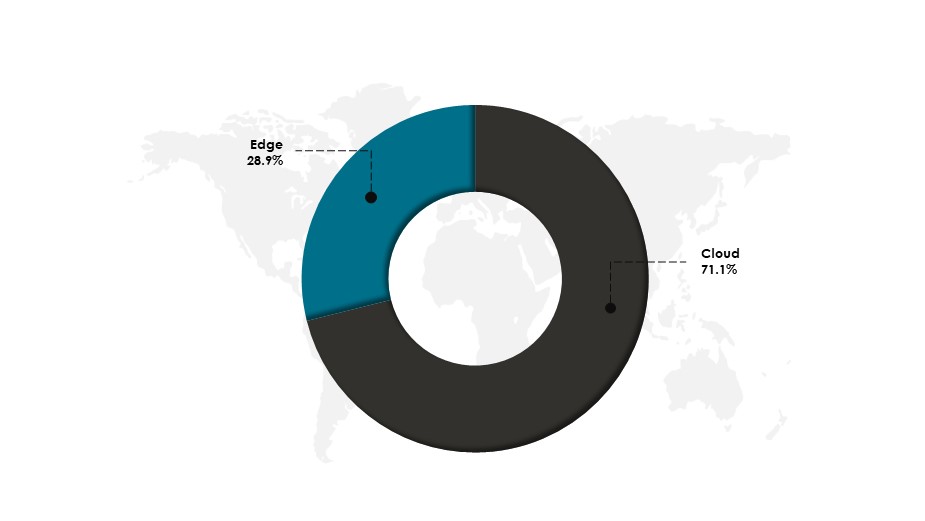
Do Subscribe to our #WeeklyMarketInsights for FREE here.
Read More on Artificial Intelligence
Data Sources: Grand View Research, EmergenResearch, GMinsights, Fortune Business Insights, and others.
Get in-depth Market Research for any industry to understand this industry in more detail where we will cover Market Size, Competitors, Trends, Drivers and Challenges, Future forecasts, SWOT analysis, TAM, SAM or SOM, and much other information in detail. Get in touch with us today.
Other Market Insights

